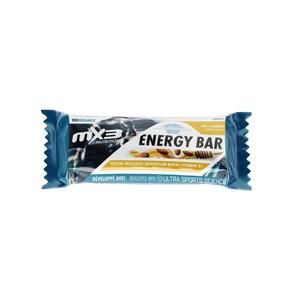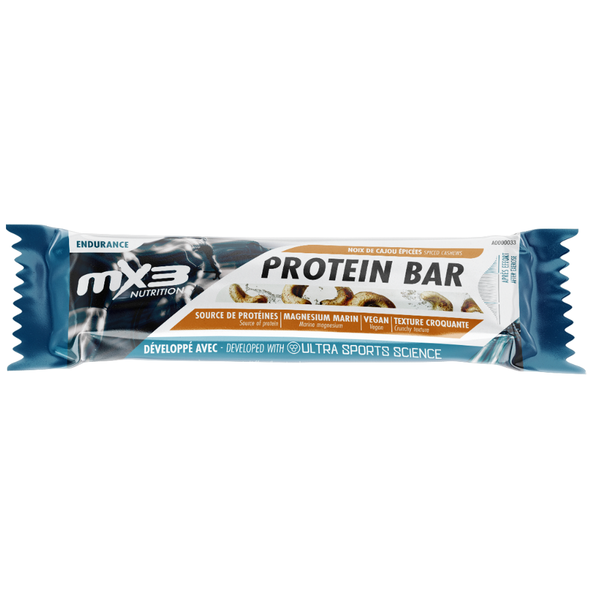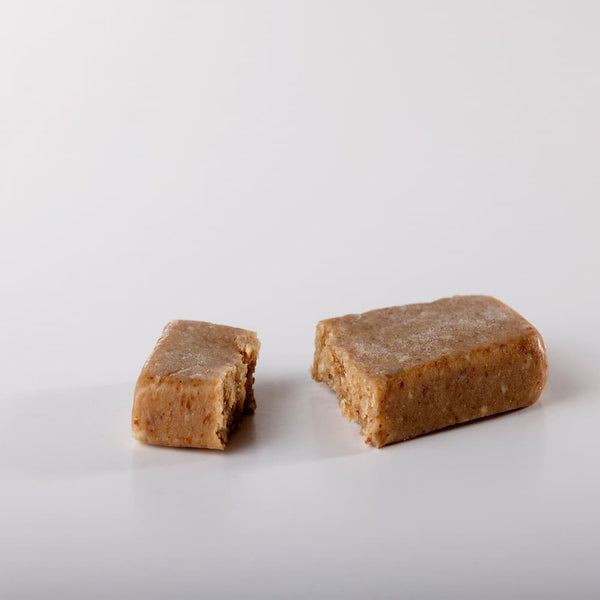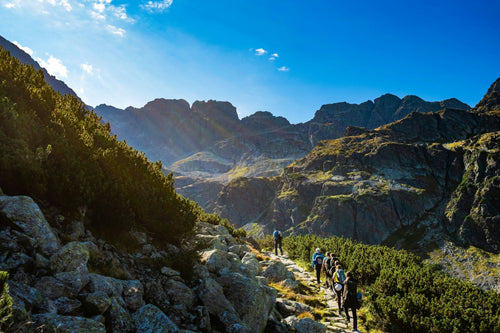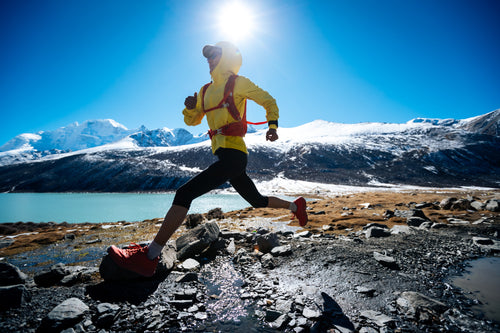When you go hiking, water management can be a real headache. If it may be advantageous for a few days of leave with your water reserve, for longer, it is essential to find other solutions, at the risk of overloading yourself.
Is it safe to consume water from rivers?
Consume water from rivers or lakes found in its path may seem the most obvious solution but it is not not without risk. Indeed, even if the water is clear and odorless, that does not mean that it is not contaminated. There are many >sources of contamination for natural water, most of which are caused by humans: cultivation, breeding, waste... but also by wild animals that live around water points. Consuming contaminated water can cause digestive disorders, fever, cramps... and have long-term consequences on health. It is therefore essential in the preparation phase for the shipment of think about your water supply.

Finding water in surrounding villages
When the expedition route passes close to villages, it is easy to stop there to get water. For villages of sufficient size, it will be possible to obtain them in shops. For the smallest villages, which do not have shops, there is room for improvement! Drinking water fountains, public toilets and a well-known tip for hikers, water points in... cemeteries. It is also possible to stock up on water in most shelters.
Filter your water
In the event that it is not possible to carry or provide sufficient water for the entire duration of the hike, it will be necessary to consume natural water. It is never possible to tell by eye whether natural water is drinkable or not. This water may be transparent, but that does not mean that it is drinkable. In doubt, it is therefore essential to always purify the water that we will consume to drink, cook or even brush our teeth. There are different ways to filter and purify water found in natural environments.
The boil
At sea level, water boils at 100°C and it takes less than a minute for the water to purify. At altitude, these indicators are different, water boils at a lower temperature and takes longer to purify. It is therefore necessary to find out carefully before leaving. Boiling water is especially useful for preparing meals.
Mechanical or chemical filters
It is important to choose your filter carefully based on the contaminants that you are likely to find on site. Even if it is not an exact science, it is possible to find information concerning the bacteria, microorganisms or viruses that can be found in each region and thus obtain a suitable filter. The first element to take into account when choosing a filter is the pore size which will determine the filtering power. It is estimated that pores of 0.1 to 0.3 microns filter most bacteria and microorganisms. If you choose a filter to purify your water, be sure to clean it well with pure water so that it does not become clogged, in which case you would be left without a way to filter your water.
Activated carbon
Some filters are enriched with activated carbon. Activated carbon is very useful for getting rid of chemical pollutants that can contaminate natural water. It also improves the taste and smell of water
Purifying tablets
Light and inexpensive, purifying tablets such as Micropur or Aquatabs are often the most practical solution for hikers. Be careful, however, to choose your product carefully according to its field of action (bacteria, micro-organisms, viruses, etc.) and to let the product act long enough for optimal effectiveness: from thirty minutes to two hours depending on the product. and contaminants to be eliminated.
UV treatment
UV filters treat natural water by emitting ultraviolet rays. They generally have the shape of a pen that is simply immersed in the water to be purified. The advantages of UV filters are numerous. Indeed, they are space-saving, efficient and fast. If they do not kill organisms present in the water, they prevent their reproduction
For optimal efficiency, it is always interesting to combine two filtering systems. This also allows you to always have a backup system if the other is unusable. It is also possible to pre-filter your water using a cloth for example in order to eliminate large particles such as sand, earth, etc.


